Here's what NYC developers could actually build through Mayor Adams' new housing plan
Dec. 4, 2024, 1:01 p.m.
The American Institute of Architects' New York chapter shared renderings of the types of new housing that would be permitted under the mayor’s proposed zoning changes.
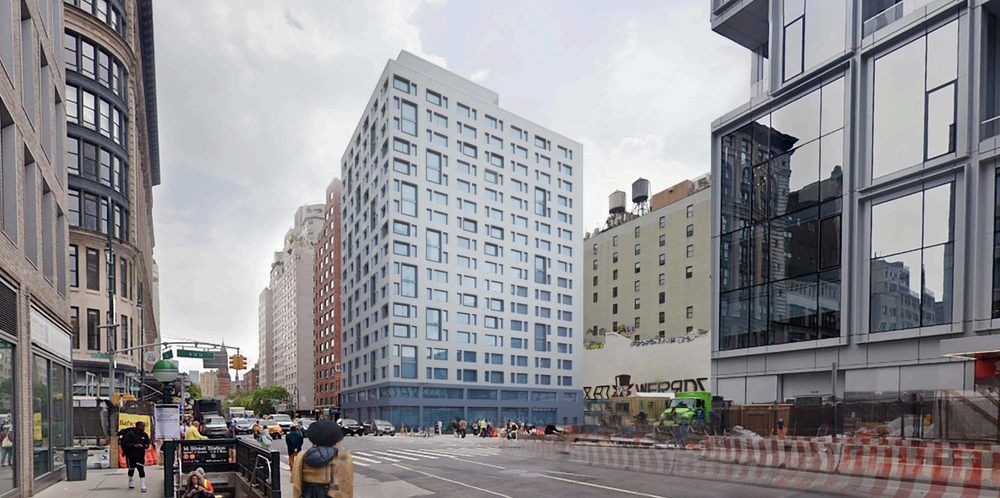
Mayor Eric Adams’ City of Yes plan to add more housing across the city is up for a final vote in the City Council on Thursday. His proposal would specifically revamp citywide land use rules for the first time in more than six decades to permit bigger buildings and more homes. The regulations, which are known as the zoning code, determine exactly what a property owner can build on a plot of land — whether it’s a modest apartment complex, a soaring skyscraper or a row of warehouses.
Any changes to the rules can have a major local impact. But zoning debates are filled with confusing jargon, clunky acronyms and an alphanumerical system applied to every lot in the city, which can make it hard to know what the changes will look like in real life.
For that reason, architects have compiled what they call “conceptual zoning illustrations” showing what could actually be built on specific lots as a result of the proposed rule changes in an effort to persuade councilmembers and community leaders who are wary of the mayor’s zoning reforms. Several councilmembers have opposed the plan, arguing that it will limit community input on new projects or lead to too much development.
The New York chapter of the American Institute of Architects, which has supported the mayor’s reforms, shared drawings of the kind of housing that could be possible with Gothamist ahead of the vote. The images were created by the firms Magnusson Architecture and Planning, PC and ARExA.
Architect Darrick Borowski, a principal at ARExA and member of the American Institute of Architects' housing committee, said the proposed changes will lead to “modest” new development in most cases.
“We weren’t finding these big, dramatic neighborhood-killing towers dropped into neighborhoods,” Borowski said. “In some ways they were underwhelming.”
The Adams administration and the City Council modified the package of rule changes late last month to limit new development in suburban-style neighborhoods, preserve parking mandates for new construction in most of the city and create some specific affordability requirements for new developments. The architects created their illustrations prior to those negotiations and say potential new development could be smaller than they initially conceived as a result.
Officials from the Department of City Planning say the package of zoning changes could allow for 80,000 new homes over the next 15 years. Tomorrow’s vote will be close, but Council Speaker Adrienne Adams told Gothamist she feels “very good” the measure will pass.
Here are four examples of what the changes might make it possible to build, according to the architects.
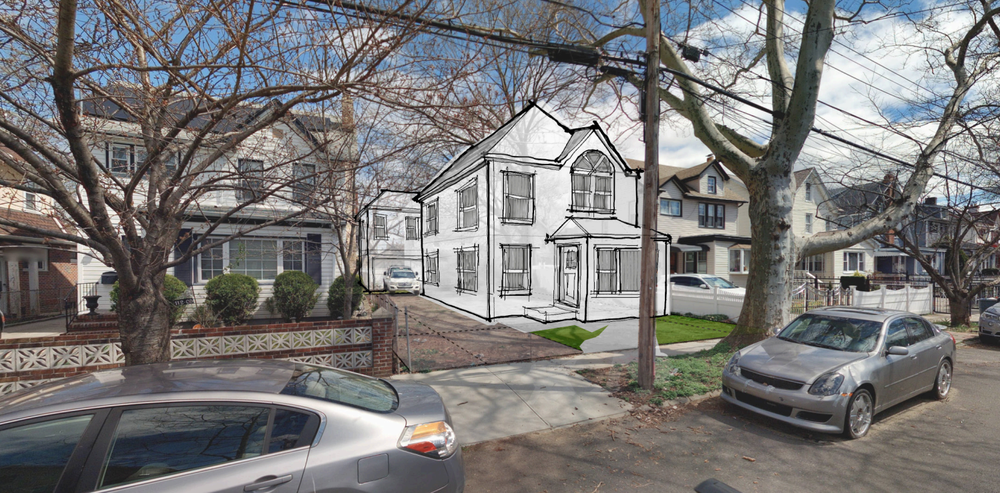

A new house and backyard tiny-home in Queens
Current zoning rules prevent property owners from building new housing on lots that are less than 40 feet wide in many low-density districts. The mayor’s package would tweak that restriction.
Architects chose a vacant 35-foot-wide lot in St. Albans, Queens as an example. The illustration above shows how the narrower empty lot could be developed if the plan passes
Owners of one- and two-family houses in many parts of the city would also be allowed to add a tiny home in their yard, or to legally turn their top floor or basement into an apartment to accommodate an additional tenant.
Councilmember Nantasha Williams, who represents St. Albans and surrounding neighborhoods of southeast Queens, told Gothamist on Tuesday that she is still “undecided” about the vote but praised the modifications negotiated by the Council, which limit the construction of new homes in many low-density areas.
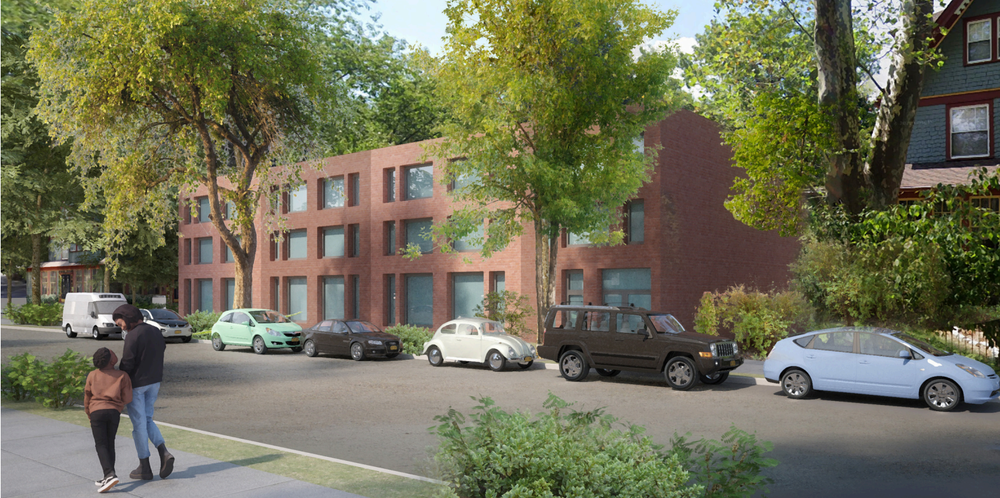

A three-story apartment building on a vacant lot in Flatbush
The architects identified a vacant lot in Flatbush, two blocks from a Q train station, as an example of where slightly larger development can be built as a result of the zoning changes. Current rules only allow the property owner to build four separate duplexes on the site, with roughly eight units in all, according to the American Institute of Architects' presentation.
Proposed changes in the mayor’s plan would allow developers to build larger projects — between three and five stories tall — on certain streets within a half-mile of subway stations. In this case, they said, the changes could allow for one adjoining three-story building with an estimated 12 to 18 units.
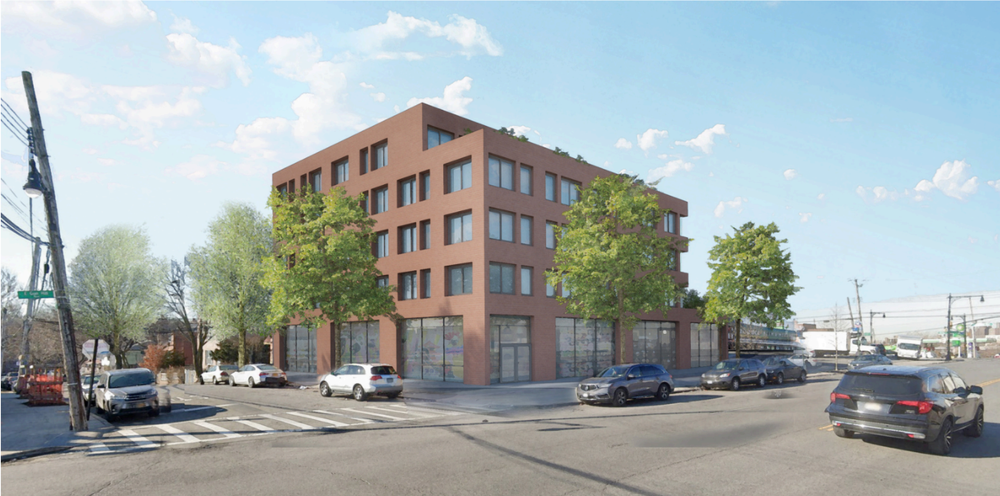
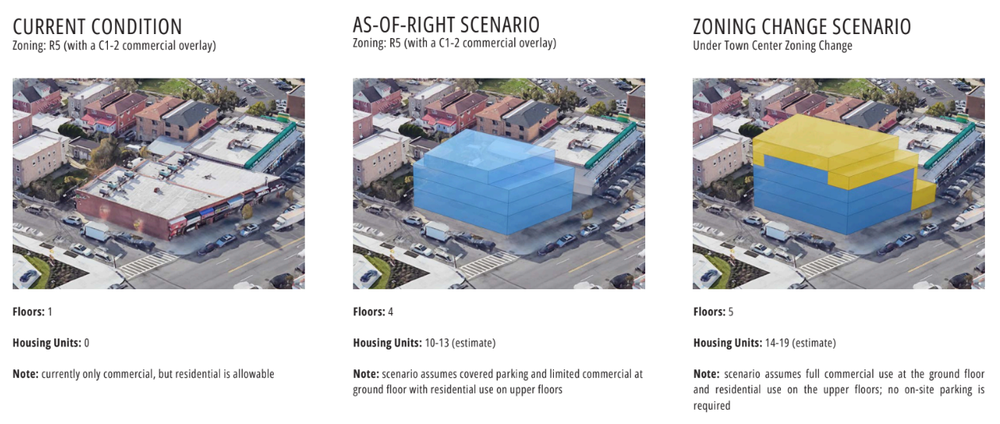
A 19-unit apartment building above a Bronx strip mall
The City of Yes plan includes a provision permitting property owners to build up to four additional floors, with condos or apartments, on top of existing single-story businesses on commercial streets.
The architects highlighted a strip mall in the Bronx's Pelham neighborhood as an example of what could be built under that change.
They found the lot could accommodate a five-story building with commercial space on the ground floor and up to 19 total apartments on the additional floors.

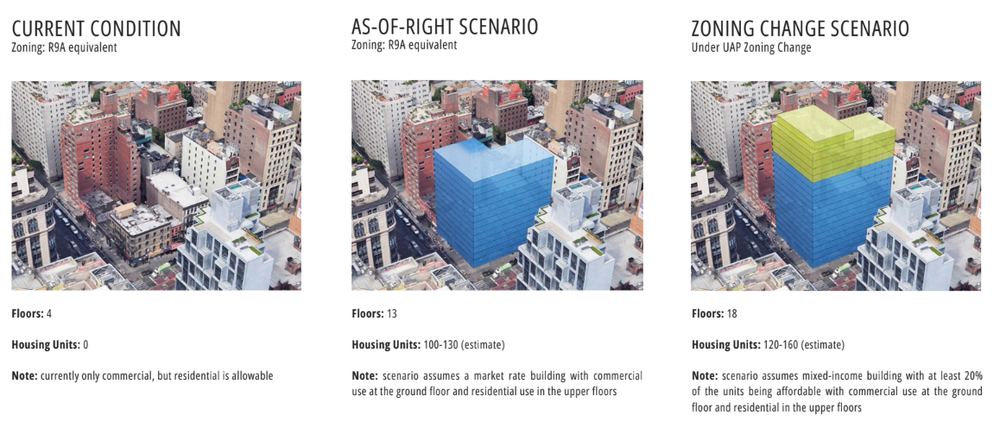
A high-rise in Chelsea, with some affordable apartments
The mayor’s plan would provide an incentive to developers who choose to add affordable apartments in newly developed buildings that don’t require site-specific Council approval, as is the case with other developments that include affordable units. To qualify as “affordable,” rents must be capped for low- and middle-income tenants.
By adding the affordable units, developers would be allowed to build projects that are 20% larger.
The architects targeted a lot in Chelsea that was, until last year, the site of a four-story commercial building with restaurants on the ground floor. The owner tore down the old building to erect a new luxury complex.
The architects said current rules allow the building to rise 13 stories. But under the mayor’s proposal, the site could potentially accommodate an 18-story building if 20% of the space were reserved for affordable apartments.
Housing deal between Mayor Adams, Council places parking mandates on outer-borough development Mayor Adams, NYC Council strike last-minute deal on sweeping housing plan amid historic crisis